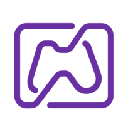-
 Bitcoin
Bitcoin $77,174.4332
-6.66% -
 Ethereum
Ethereum $1,513.9694
-15.12% -
 Tether USDt
Tether USDt $0.9994
0.00% -
 XRP
XRP $1.7976
-13.35% -
 BNB
BNB $546.9143
-6.92% -
 USDC
USDC $1.0000
0.01% -
 Solana
Solana $102.1830
-13.15% -
 TRON
TRON $0.2263
-5.32% -
 Dogecoin
Dogecoin $0.1407
-13.87% -
 Cardano
Cardano $0.5506
-13.28% -
 UNUS SED LEO
UNUS SED LEO $8.8923
-1.36% -
 Toncoin
Toncoin $3.0651
-6.63% -
 Chainlink
Chainlink $10.9654
-12.57% -
 Stellar
Stellar $0.2233
-10.13% -
 Avalanche
Avalanche $15.7971
-7.68% -
 Shiba Inu
Shiba Inu $0.0...01102
-8.27% -
 Sui
Sui $1.8598
-12.98% -
 MANTRA
MANTRA $6.1562
-1.39% -
 Hedera
Hedera $0.1389
-10.82% -
 Polkadot
Polkadot $3.4511
-12.05% -
 Dai
Dai $1.0001
0.02% -
 Bitcoin Cash
Bitcoin Cash $265.0446
-9.69% -
 Litecoin
Litecoin $68.1930
-15.63% -
 Ethena USDe
Ethena USDe $0.9987
-0.03% -
 Bitget Token
Bitget Token $3.9224
-11.37% -
 Pi
Pi $0.5642
-11.92% -
 Monero
Monero $195.3244
-8.26% -
 Hyperliquid
Hyperliquid $10.5437
-7.47% -
 Uniswap
Uniswap $4.9997
-12.42% -
 OKB
OKB $49.8749
-7.33%
How much does it cost to develop a medical data blockchain system?
Developing a medical data blockchain system's cost varies widely, depending on complexity, scalability, team expertise, chosen platform, and ongoing maintenance; simple projects cost tens of thousands, while large-scale systems can reach millions.
Mar 21, 2025 at 06:56 am
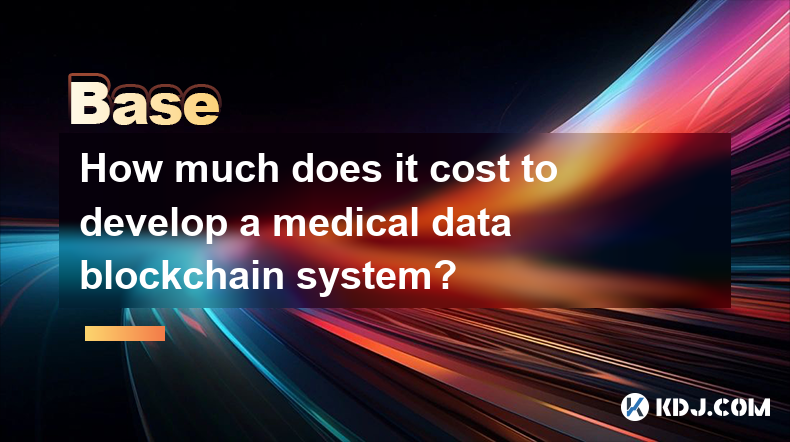
Key Points:
- The cost of developing a medical data blockchain system is highly variable and depends on numerous factors.
- These factors include the system's complexity, features, scalability requirements, and the development team's expertise.
- Development can range from a simple, proof-of-concept project to a large-scale, enterprise-grade system.
- Consideration of ongoing maintenance and security audits is crucial to the total cost.
- Different blockchain platforms have varying development costs and complexities.
How Much Does it Cost to Develop a Medical Data Blockchain System?
Developing a medical data blockchain system is a significant undertaking, and the cost can vary considerably. There's no single answer to the question of how much it will cost. The final price tag hinges on a multitude of interwoven factors, making a precise estimate difficult without a detailed project scope.
One primary driver of cost is the system's complexity. A simple system designed to track a limited set of data within a small network will be significantly cheaper than a complex, nationwide system handling diverse data types and millions of records. Features like advanced encryption, access control mechanisms, and interoperability with existing healthcare systems all add to the development expense.
The scalability requirements also heavily influence cost. A system designed for a small clinic will require far less development effort and infrastructure than one intended for a large hospital network or even a national healthcare system. Scalability considerations impact the choice of blockchain platform, database design, and overall system architecture, all of which affect the cost.
The expertise of the development team is another major factor. A team of experienced blockchain developers specializing in healthcare data security and regulatory compliance will command higher fees than a less experienced team. This expertise is crucial for navigating the complexities of HIPAA compliance and other relevant regulations.
Beyond initial development, ongoing maintenance and security audits are essential for the long-term viability and security of any blockchain system. Regular updates, bug fixes, and security assessments are ongoing expenses that need to be factored into the total cost. These costs can significantly add up over time.
The choice of blockchain platform plays a considerable role. Different platforms have varying levels of complexity and associated development costs. Public blockchains like Ethereum might offer greater transparency but could be more expensive to develop and maintain compared to private or permissioned blockchains that offer more control and potentially lower transaction fees.
The development process itself can also impact costs. Agile methodologies, which prioritize iterative development and flexibility, can be more expensive in the short term but often lead to better outcomes and reduced long-term costs. Waterfall methodologies, while potentially cheaper initially, offer less flexibility and may lead to higher costs if significant changes are needed later.
Data Migration and Integration: Moving existing medical data onto a blockchain requires careful planning and execution. This process involves data cleansing, validation, and secure migration, all of which contribute to the overall development cost. Integrating the blockchain system with existing hospital information systems (HIS) and electronic health record (EHR) systems adds another layer of complexity and expense.
Testing and Quality Assurance (QA): Thorough testing and QA are essential to ensure the system's reliability, security, and compliance with regulations. This involves various testing methodologies, including unit testing, integration testing, and user acceptance testing (UAT). The extent of testing required directly impacts the cost.
Legal and Regulatory Compliance: Compliance with regulations like HIPAA (in the US) and GDPR (in Europe) is paramount for medical data blockchain systems. Legal consultation and compliance audits add to the overall development cost, but are necessary to ensure the system's legality and security.
UI/UX Design: A user-friendly interface is critical for the system's usability. Investing in professional UI/UX design ensures that healthcare professionals can easily interact with the system. This contributes to the development costs but is vital for system adoption.
Frequently Asked Questions:
Q: What is the average cost range for developing a medical data blockchain system?
A: There's no fixed average. Simple proof-of-concept projects might cost tens of thousands of dollars, while large-scale enterprise systems could cost millions. The cost is highly project-specific.
Q: What factors influence the cost the most?
A: System complexity, scalability requirements, development team expertise, choice of blockchain platform, and the need for ongoing maintenance and security audits are the primary cost drivers.
Q: Can I get a fixed price quote without a detailed project scope?
A: No. A precise cost estimate requires a thorough understanding of the project's requirements, features, and technical specifications. Consult with blockchain development companies to get personalized cost estimations.
Q: Are there any cost-saving strategies?
A: Using open-source tools and platforms can reduce costs. Focusing on a minimum viable product (MVP) initially and then iteratively adding features can also save money. Careful planning and a well-defined project scope are essential for cost control.
Q: What are the long-term costs associated with a medical data blockchain system?
A: Long-term costs include ongoing maintenance, security audits, updates, and potential expansion or integration with new systems. These costs must be factored into the budget from the outset.
Disclaimer:info@kdj.com
The information provided is not trading advice. kdj.com does not assume any responsibility for any investments made based on the information provided in this article. Cryptocurrencies are highly volatile and it is highly recommended that you invest with caution after thorough research!
If you believe that the content used on this website infringes your copyright, please contact us immediately (info@kdj.com) and we will delete it promptly.
- Ethereum and Solana Prices Collapsed Monday Morning as President Trump's Sweeping New Tariffs Sparked a Global Market Selloff
- 2025-04-07 20:35:12
- GameStop Corp. (NYSE: GME) Announces Bitcoin Purchase Plans, Sparking Stock Rally
- 2025-04-07 20:35:12
- New Plan to Stabilize Pi Coin Price Gains Attention
- 2025-04-07 20:30:11
- Who hasn't dreamed of finding the next 1000x crypto? Imagine turning a small investment into a huge fortune overnight.
- 2025-04-07 20:30:11
- U.S. President Donald Trump’s sweeping reciprocal tariffs have triggered fresh panic across global financial markets.
- 2025-04-07 20:25:12
- Solana (SOL) Plunges Below $100, Memecoin Mania Cools
- 2025-04-07 20:25:12
Related knowledge
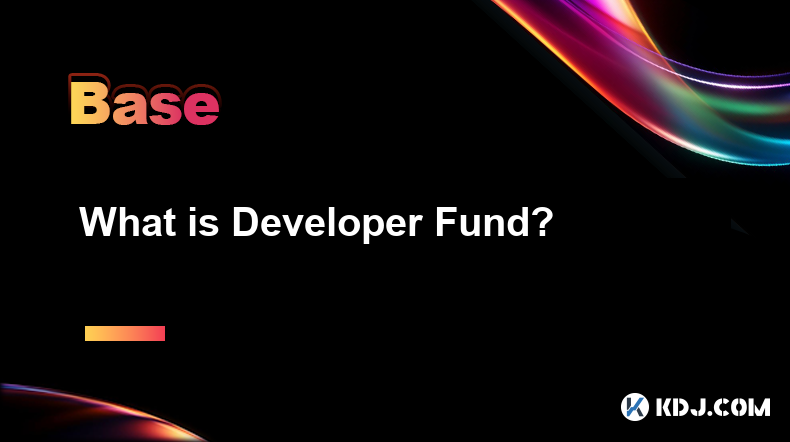
What is Developer Fund?
Apr 07,2025 at 08:21pm
A Developer Fund in the cryptocurrency ecosystem is a pool of resources, typically in the form of cryptocurrency, set aside to support the development and maintenance of a blockchain project. These funds are crucial for the growth and sustainability of blockchain networks, as they enable developers to work on improving the protocol, fixing bugs, and add...
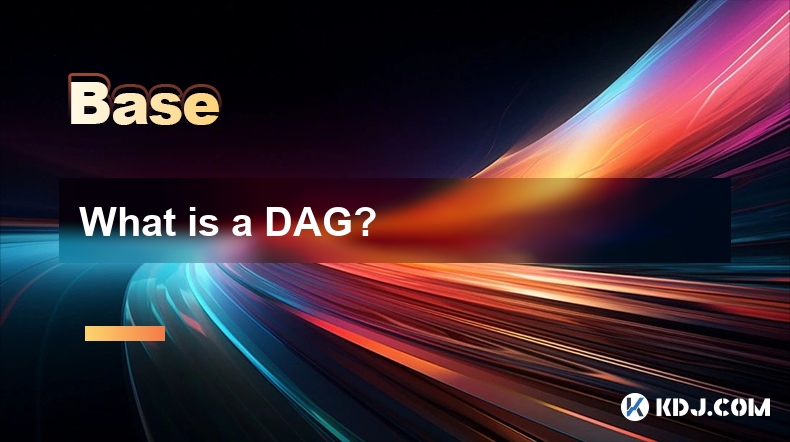
What is a DAG?
Apr 07,2025 at 08:15pm
A Directed Acyclic Graph, commonly known as a DAG, is a fundamental concept in the world of cryptocurrencies and blockchain technology. Unlike traditional blockchain structures that rely on a linear chain of blocks, a DAG uses a more complex and interconnected network of nodes. This structure allows for faster transaction processing and scalability, mak...
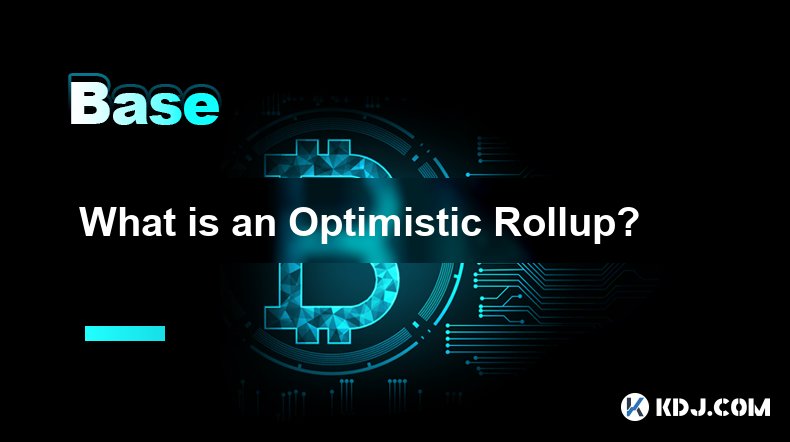
What is an Optimistic Rollup?
Apr 07,2025 at 07:57pm
An Optimistic Rollup is a layer 2 scaling solution designed to enhance the efficiency and scalability of blockchain networks, particularly Ethereum. This technology aims to process transactions off the main Ethereum chain, thereby reducing congestion and lowering transaction fees. The term 'optimistic' stems from the approach taken by these rollups, whi...
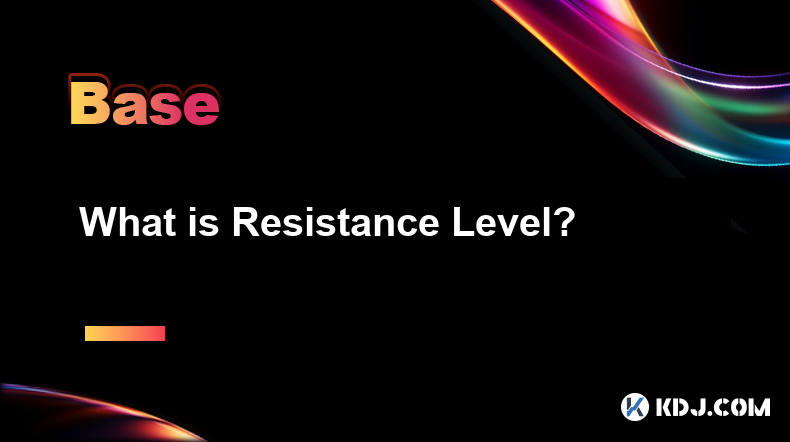
What is Resistance Level?
Apr 07,2025 at 06:57pm
What is Resistance Level?In the world of cryptocurrency trading, understanding technical analysis is crucial for making informed decisions. One of the key concepts in technical analysis is the resistance level. This term refers to a price point at which an asset tends to encounter selling pressure, preventing it from rising further. In this article, we ...
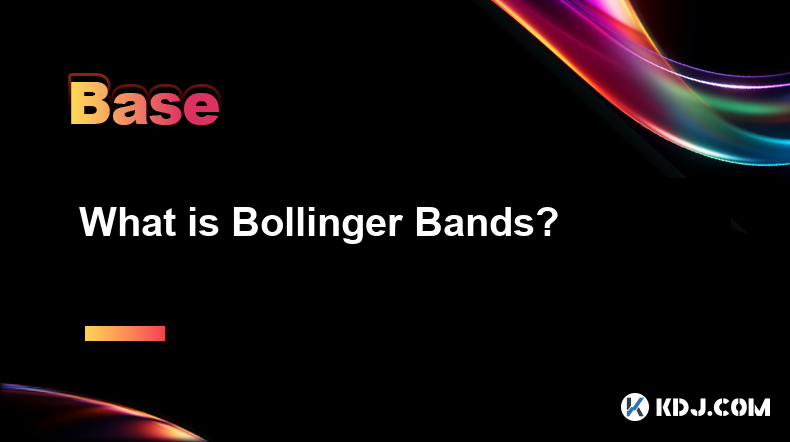
What is Bollinger Bands?
Apr 07,2025 at 08:01pm
What is Bollinger Bands? Bollinger Bands are a technical analysis tool developed by John Bollinger in the 1980s. They are used to measure market volatility and identify potential overbought or oversold conditions in the price of an asset, including cryptocurrencies. The bands consist of a middle band, which is typically a simple moving average (SMA), an...
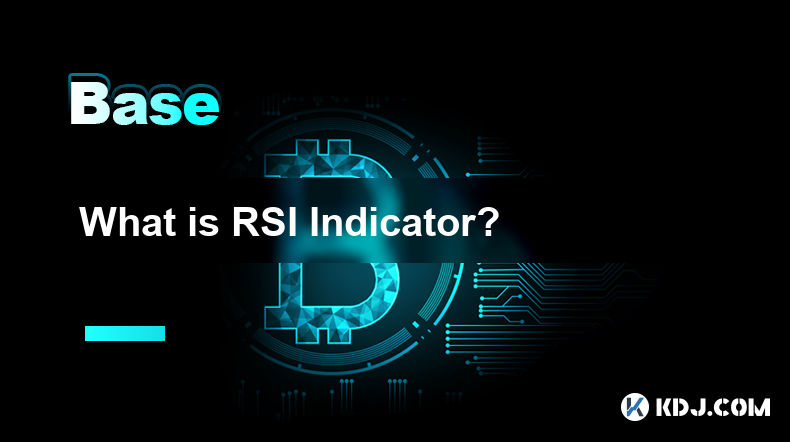
What is RSI Indicator?
Apr 07,2025 at 07:49pm
The Relative Strength Index (RSI) is a popular momentum oscillator used in technical analysis to measure the speed and change of price movements of a cryptocurrency. Developed by J. Welles Wilder Jr., the RSI is typically displayed as an oscillator (a line graph that moves between two extremes) and can range from 0 to 100. It is primarily used to identi...

What is Developer Fund?
Apr 07,2025 at 08:21pm
A Developer Fund in the cryptocurrency ecosystem is a pool of resources, typically in the form of cryptocurrency, set aside to support the development and maintenance of a blockchain project. These funds are crucial for the growth and sustainability of blockchain networks, as they enable developers to work on improving the protocol, fixing bugs, and add...

What is a DAG?
Apr 07,2025 at 08:15pm
A Directed Acyclic Graph, commonly known as a DAG, is a fundamental concept in the world of cryptocurrencies and blockchain technology. Unlike traditional blockchain structures that rely on a linear chain of blocks, a DAG uses a more complex and interconnected network of nodes. This structure allows for faster transaction processing and scalability, mak...

What is an Optimistic Rollup?
Apr 07,2025 at 07:57pm
An Optimistic Rollup is a layer 2 scaling solution designed to enhance the efficiency and scalability of blockchain networks, particularly Ethereum. This technology aims to process transactions off the main Ethereum chain, thereby reducing congestion and lowering transaction fees. The term 'optimistic' stems from the approach taken by these rollups, whi...

What is Resistance Level?
Apr 07,2025 at 06:57pm
What is Resistance Level?In the world of cryptocurrency trading, understanding technical analysis is crucial for making informed decisions. One of the key concepts in technical analysis is the resistance level. This term refers to a price point at which an asset tends to encounter selling pressure, preventing it from rising further. In this article, we ...

What is Bollinger Bands?
Apr 07,2025 at 08:01pm
What is Bollinger Bands? Bollinger Bands are a technical analysis tool developed by John Bollinger in the 1980s. They are used to measure market volatility and identify potential overbought or oversold conditions in the price of an asset, including cryptocurrencies. The bands consist of a middle band, which is typically a simple moving average (SMA), an...

What is RSI Indicator?
Apr 07,2025 at 07:49pm
The Relative Strength Index (RSI) is a popular momentum oscillator used in technical analysis to measure the speed and change of price movements of a cryptocurrency. Developed by J. Welles Wilder Jr., the RSI is typically displayed as an oscillator (a line graph that moves between two extremes) and can range from 0 to 100. It is primarily used to identi...
See all articles


















































































